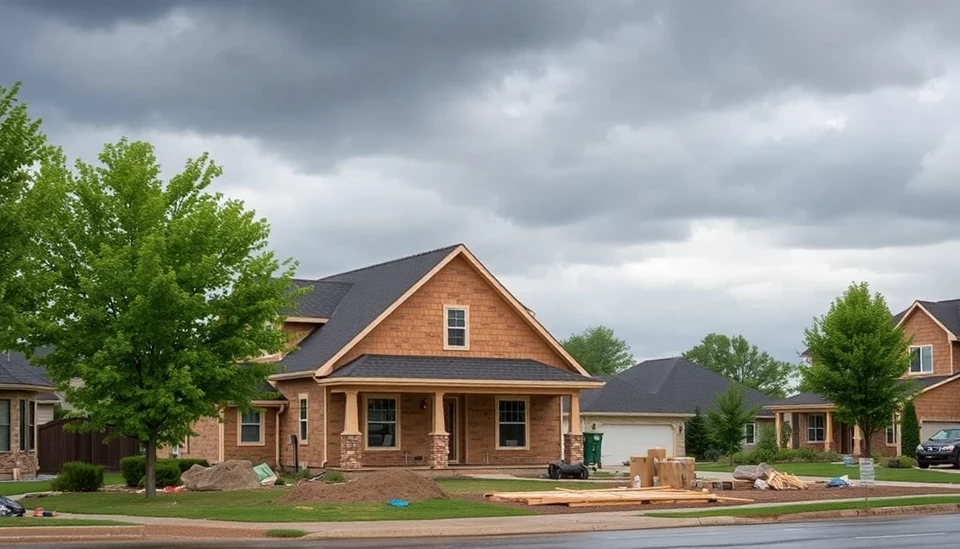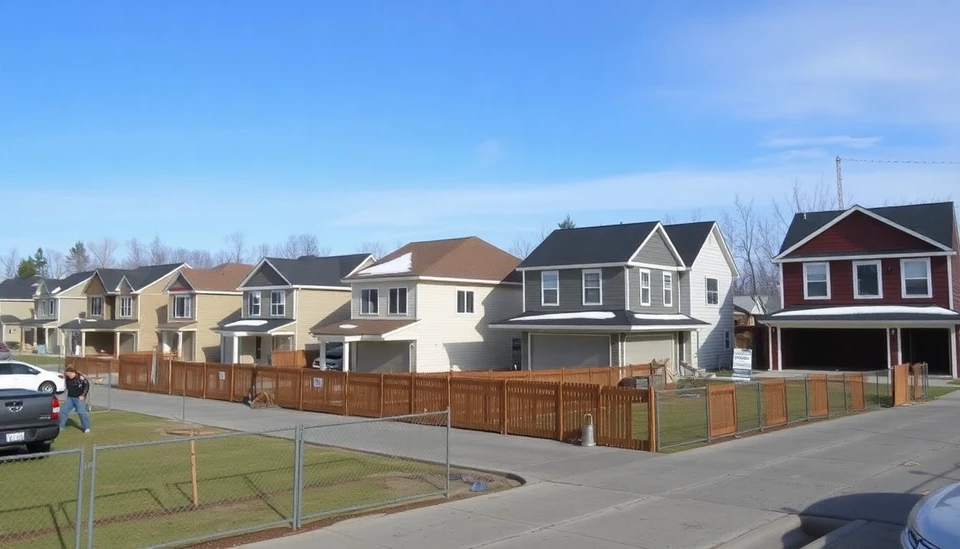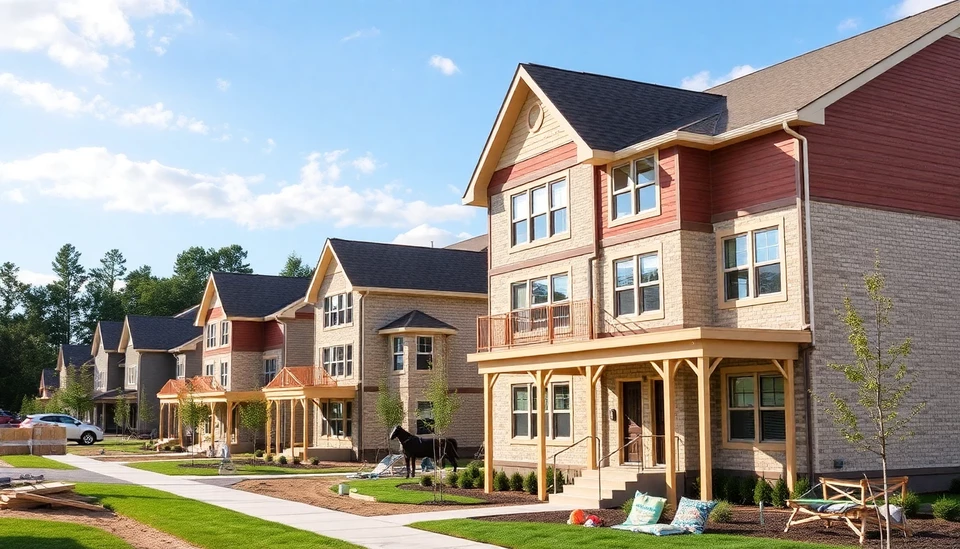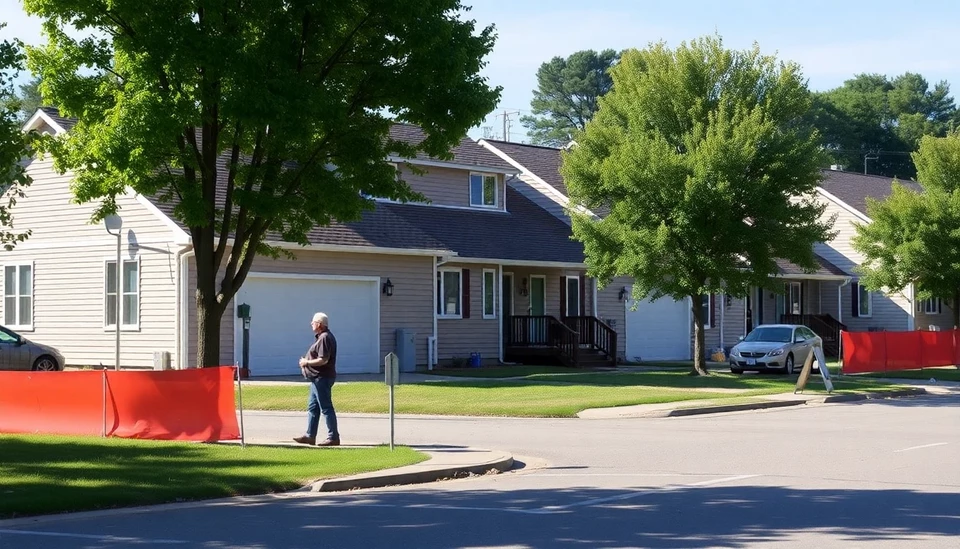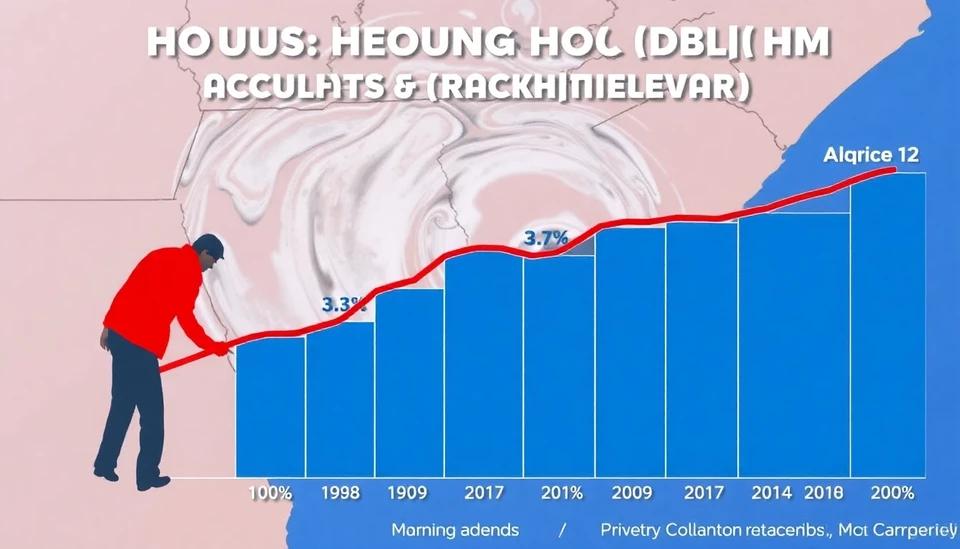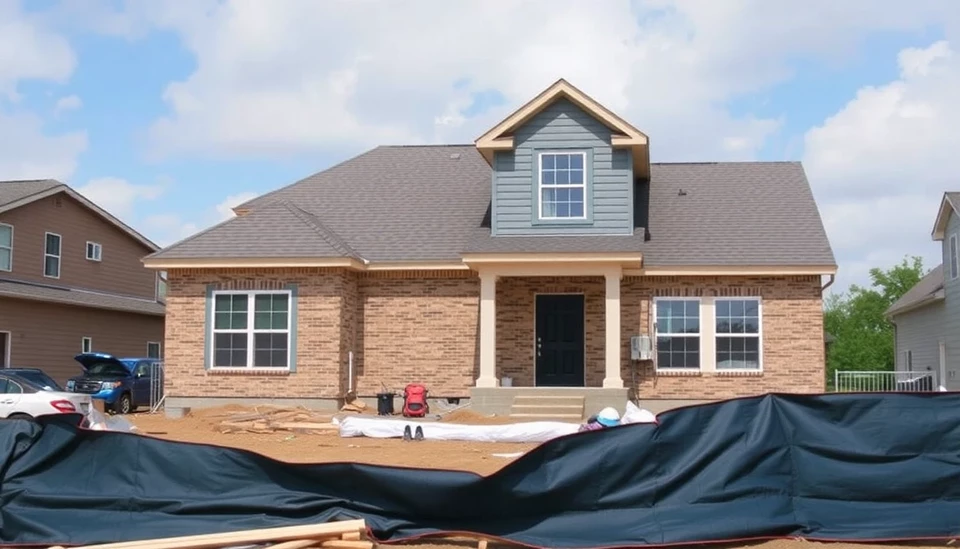
The latest data reveals a sharp decline in housing starts across the United States, marking the most significant drop in a year, predominantly driven by a decrease in single-family home construction. This downturn, as reported by the Commerce Department, showcases a troubling trend in the construction sector and raises concerns about the overall housing market's health.
In March, the number of new housing projects began fell by 8.7%, with single-family home constructions taking the brunt of the decline. The seasonally adjusted annual rate plummeted to 1.42 million from an upwardly revised 1.55 million in February. This marks not only a month-over-month drop but also highlights a worrying year-over-year trend, as overall housing starts have decreased by 17% compared to the same time last year.
The decrease in housing starts is primarily attributed to rising mortgage rates, which have significantly surged since the previous year. Prospective buyers are finding it increasingly difficult to commit to new mortgages due to the high borrowing costs and economic uncertainties. As a result, builders have become more cautious, scaling back on new projects in response to dwindling demand.
Furthermore, the report indicated that permits for new homes, a vital indicator of future building activity, also fell by 7.7% in March. This drop in permits suggests that the slowdown in the housing market may continue in the coming months, as fewer permits translate into reduced future construction. The data reflects a broader trend of caution amongst builders, as they navigate these challenging market conditions.
Economists had projected a lesser decline, but the magnitude of the fall has surprised analysts and industry stakeholders alike. The ongoing economic challenges, including inflation and the potential for a recession, have fueled uncertainties in the housing market, prompting builders to pull back on new development projects.
Despite these challenges, some analysts believe that the long-term outlook for housing may improve as supply chain issues continue to resolve. Housing inventories remain notably low, and while short-term indicators highlight a stagnant market, the underlying demand for homes persists. Potential buyers, particularly millennials entering the market, may reignite interest in the near future, especially if mortgage rates stabilize.
As the construction industry braces for continued volatility, stakeholders are urged to remain vigilant. With the current environment prompting lenders and builders to be cautious, and consumers delaying purchases, the coming months will be critical in determining the trajectory of the housing market. The next few reports will be imperative in understanding whether this is just a temporary dip or a longer-term trend affecting the industry.
#HousingStarts #RealEstate #ConstructionNews #EconomicTrends #HousingMarket #SingleFamilyHomes
Author: Rachel Greene
